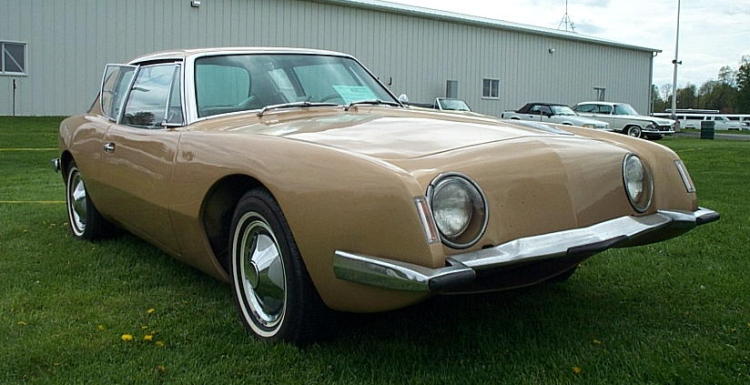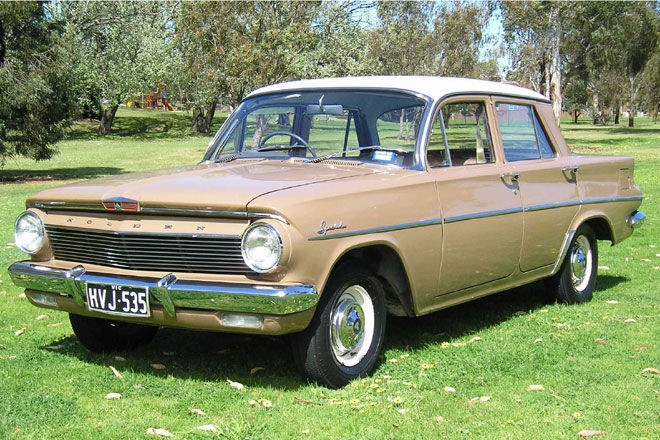Time and Design
 Friday, March 14, 2014 at 4:06PM
Friday, March 14, 2014 at 4:06PM Parallel universes and sliding scales.
By 1963 guitar manufacturers in USA were gearing up towards their peak output of 1966 - the year that electric guitars hit the Christmas stockings and teenage paper-round hire purchase hitlist like never before. Germany, already in the grip of it's 'beat-guitar' boom was pumping out Höfner and Framus et al solid-body guitars ( see just how many 1962 or 63 dated Höfners appear for sale to this day - plucked from the attics and cellars of european houses ) and many of my favourite guitar designers and makers the world over were enjoying a boom. Australia's own Maton had it's golden-era flagship - the Fyrbyrd in the hands of antipodean garage bands and country singers.
Sometimes however I like to wind the focus back a little from musical instruments to look at design in other parallel worlds.
Here's Raymond Leowy's landmark design for Studebaker, the 1963 Avanti.

... and Australia's own EJ Holden ( my father's first car, proudly picked up from the Darwin Holden dealership ) from the same model-year.

This Holden was a big deal in Australia's market when introduced the previous year, following the requisite three to four years behind the US parent company General Motors' move from the bulbous 'fendered' body shapes of the 1950s to this conservative version of the sleek slab sided rectilinear look.
One of these cars represents an unfiltered, bold move designed to save a company from ruin through innovative design, the other an incremental update tailored to a small, conservative market by a major player in the car industry.
I always enjoy these moments when worlds collide and overlap. Guitar history is full of such contrasts of course. The Stratocaster, surely the most conventional, ubiquitous shape in electric guitars today, was once a science fiction statement, straight out of left field and into the musical mainstream within months of it's release then juxtaposed against the traditional 'guitar shaped' guitars on stages and television performances.
Another of my favourite such 'overlaps' occurs when looking at vintage photographs of Modern Architecture, especially domestic houses from the likes of Frank Lloyd Wright or his Australian acolyte Walter Burley Griffin with a ( then ) contemporary car parked in the driveway or carport of a particular piece of timeless architecture. Spotting a sombre 1930s saloon in the drive of an ageless modernist, cantilevered masterpiece building always rings a jarring note. The unfiltered vision of the architect meets a product of it's own time, subject to the restrictions of mass production and often a result of 'design by committee'.
AP



Reader Comments